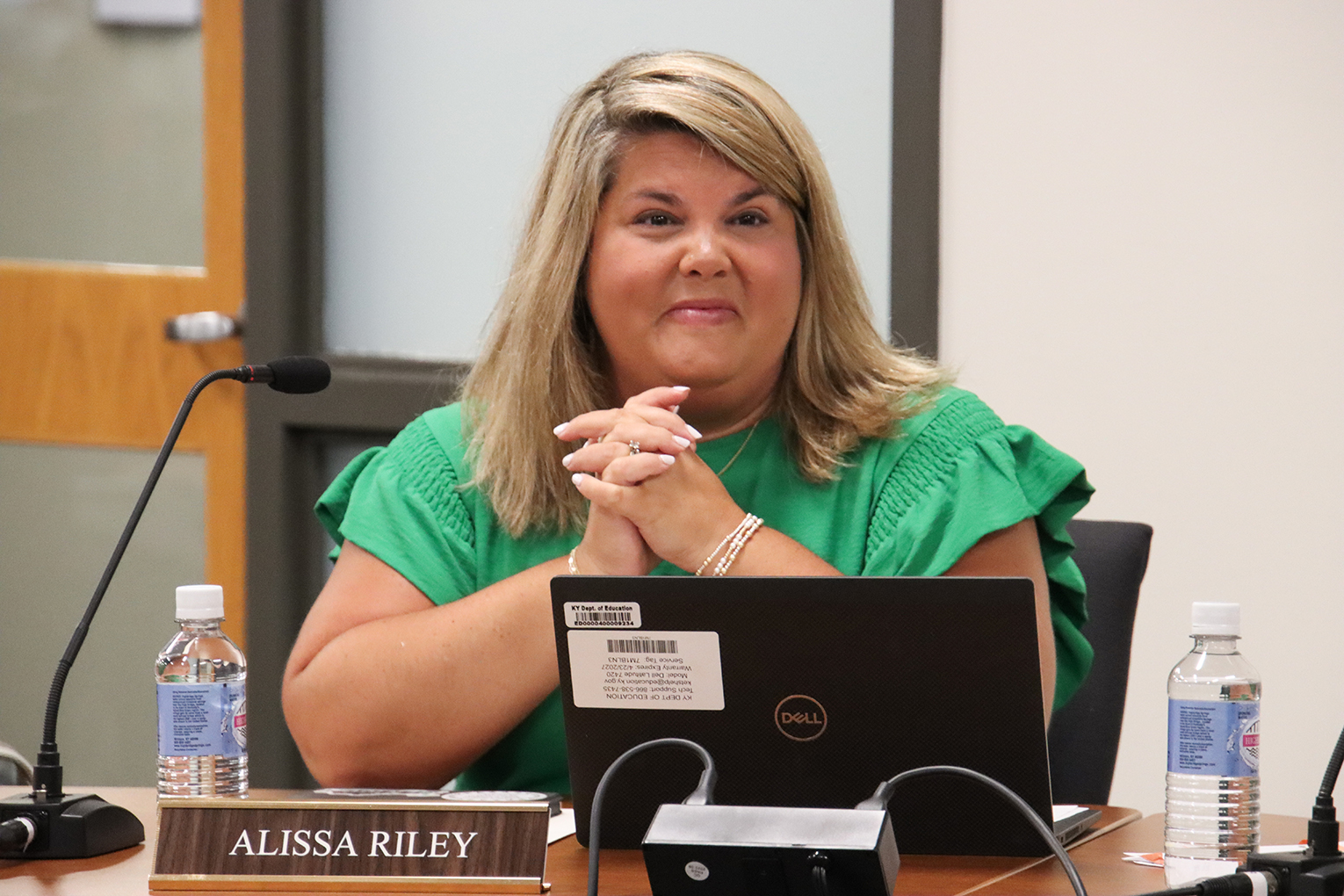By Joseph Harris
joseph.harris@lawrence.kyschools.us
In the past few years, I’ve come to realize that peer observation is a powerful professional growth avenue for teachers, and it is one of the most beneficial aspects of the Professional Growth and Effectiveness System (PGES). While my official peer observation for PGES is scheduled for sometime next semester, I’ve actually participated in several peer observations this semester that have directly impacted my professional growth.
One of our biology teachers moved into a new position this school year– biomedical science, through Project Lead the Way. Just from hearing the buzz among my students, I knew these classes were a hit and from the track record of Connie Huff in her 22 years of teaching, I knew I could benefit from visiting her
classes. Clearly, students were engaged because they were talking about the material outside of class and my PGES Student Voice Survey told me I needed to work on engagement levels in my classes. So I asked Mrs. Huff if I could complete a peer observation. Of course, she said yes and even allowed me to participate in the lesson.
What I observed was amazing science: Students were designing their own experiments to analyze a crime scene. Stations were set up around the room and students were in groups completing very different experiments to figure out how a person died. I participated in one group, where I learned all about blood typing and how to match that up to blood at a crime scene. No matter the station or experiment, engagement levels were through the roof, and when the bell rang students did not want to leave the class. This reinforced the idea that when students own their learning, deep levels of engagement occur.
A few weeks ago, several teachers from the middle grades came to observe my approach to close reading and then traveled to an elementary school in our district to observe another approach. In our debriefing session, we discussed how they would modify what they observed for their own students, but also provided me with feedback on how to improve. One suggestion was to modify my seating arrangement during discussion to have students sitting in a half-circle around the classroom. I tried this for the next round of discussion and it really did make a difference in the number of students engaged.
After the middle school teachers visited my classroom, I was invited to visit classrooms in their school. My principal worked with the middle grades principals to set up a classroom observation of. Patricia Tate, a 26-year teaching veteran. She is a 6th-grade language teacher, but has experience in various subjects and states. What unfolded in her classroom were several research-based strategies for teaching language that I plan to use in my own instruction. Likewise, the peer observation opened the door for Ms. Tate and I to discuss building a partnership in which we will share ideas about teaching. She has agreed to mentor me in teaching language usage with the highly effective strategies implemented in her classroom, and I have agreed to share ideas about writing instruction I use with my students.
Each of the peer observations stirred my passion for teaching and opened my eyes to different strategies for the classroom. The trust and partnerships built through my district’s opportunities for peer observation have already helped me grow as a teacher, and I am confident that as I continue to observe other teachers in their element and learn more and more of what works, I will continue to become more effective as a professional.
Joseph Harris teaches English and AP Language at Lawrence County High School in Louisa. He also serves as the English Professional Learning Communities Team Lead for grades 9-12 and as a Teacher Leader on both the School Instructional Leadership Team and District Instructional Leadership Team/Improvement Planning Committee. He is also a Hope Street Group Teacher Fellow.




Leave A Comment